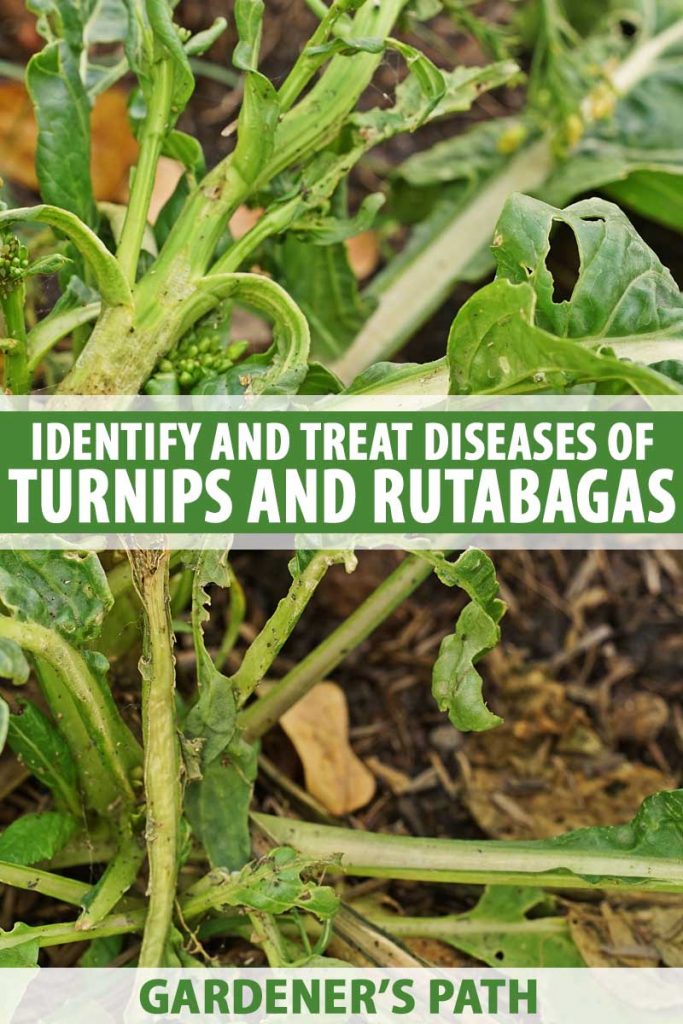Turnips and rutabagas are vulnerable to various sicknesses attributable to micro organism, fungi, oomycetes, and viruses.
A lot of these pathogens have an effect on the leaves of the crops and spoil the pliability to eat or promote the greens. Others harm the turnip or rutabaga roots.
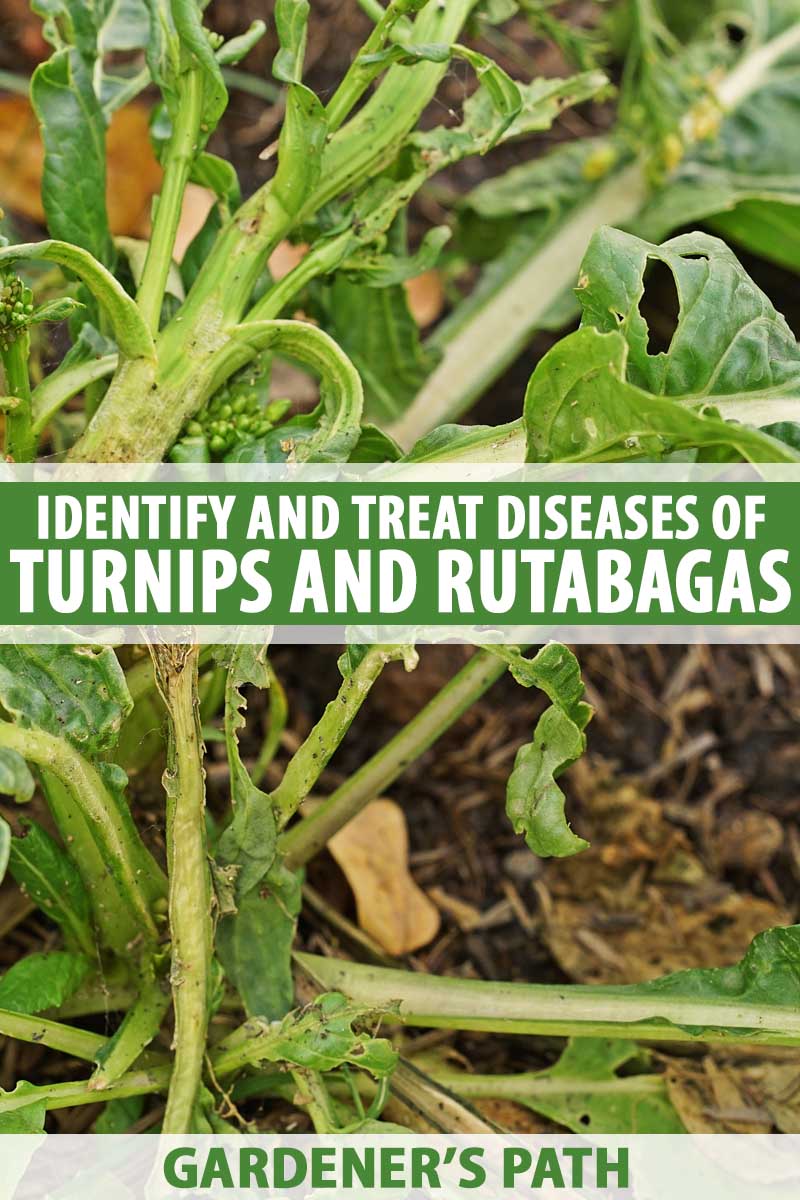

We hyperlink to distributors which will show you how to uncover related merchandise. In case you purchase from really actually one in all our hyperlinks, we might earn a worth.
Examine on to evaluate these sicknesses and techniques to administration them.
Bacterial Sicknesses
Numerous bacterial infections can infect turnips and rutabagas. Beginning out with clear seed will help to restrict these infections. In case you probably cannot get hold of disease-resistant seeds, you may address them with 122°F water to kill any seed-borne pathogens.
Along with, these micro organism thrive in moist situations, so avoiding overhead irrigation and under no circumstances working among the many many many crops whereas they’re moist will assist to deal with any illness that’s current from spreading all by the use of the crop.
You’ll want to purge wild crucifer weeds that can typically harbor these sicknesses – like wild radish and shepherd’s purse – to assist preserve any harmful micro organism contained and stop potential unfold.
Crop rotation is an important step, because of the micro organism can survive in crop residue all through the soil. It is best to develop completely differing types of crops for in any case two years, and as lots as 4 years in case your crops contract black rot.
Southern Ag Liquid Copper Fungicide by the use of Amazon
In case your crops do develop a bacterial an an an infection, spraying with copper hydroxide (Kocide 3000) may assist to deal with it from spreading further.
Black Rot
Black rot is little doubt in all probability essentially the most damaging bacterial pathogens that can infect turnips and rutabagas. Attributable to Xanthomonas campestris pv. campestris, this organism can destroy the leaves and enter the plant’s vascular system, inflicting systemic illness all by the use of the plant and ultimately killing it.
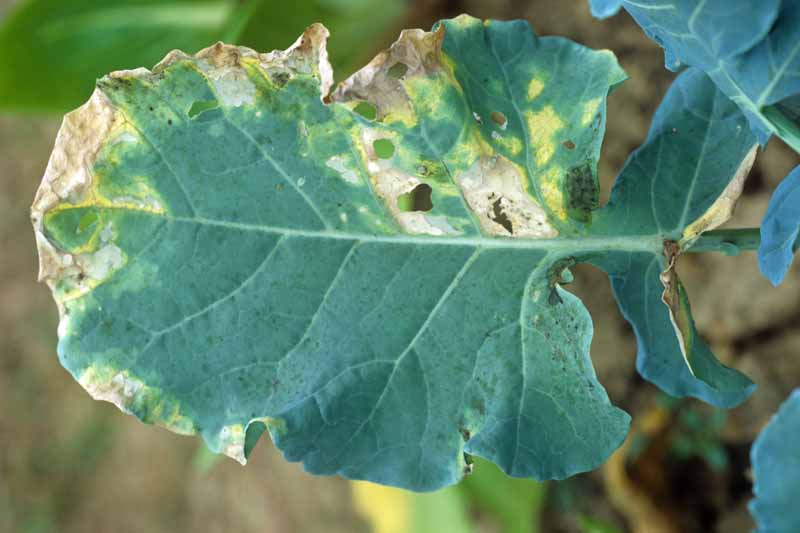

As its set up signifies, you may find yourself with a black, rotten plant if the organism will not be contained.
Beginning with clear seed is important to avoiding this illness, and you should purchase seed that’s licensed to be freed from black rot. This illness may be very problematic due to your crops is perhaps contaminated for so long as 14 days earlier than they present any indicators. By this time, the illness might have already unfold all by the use of your full crop.
The primary symptom of uncover is normally yellowing of the decrease leaves. Mature leaves will typically have V-shaped lesions on their edges. The veins on the plant will lastly flip black.
Stopping this bacterium from turning into established is the only method to manage black rot.
Examine additional about figuring out and controlling black rot correct proper right here.
Bacterial Leaf Spot
Along with black rot, two completely differing types of micro organism might set off leaf spots on turnips and rutabagas. One is a bacterium that’s intently associated to black rot – X. campestris pv. amoraciae (Xca) – and the choice is Pseudomonas syringae pv. maculicola (Psm).
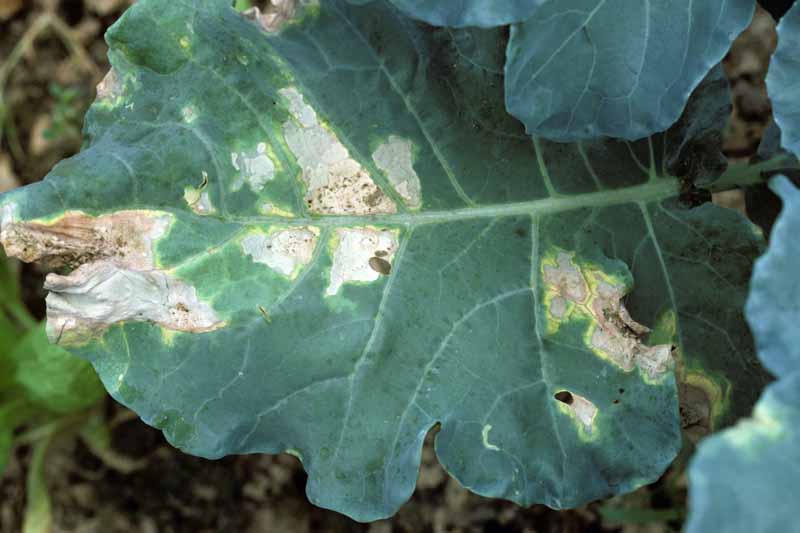

Each kinds of micro organism set off small, water-soaked lesions that can unfold and be part of collectively to destroy the greens. Each kinds of infections set off yellow halos, nonetheless you may inform them aside due to Xca produces reasonably further noticeable halos.
These are important infections which is more likely to be highly effective to regulate, and to permit them to destroy your crop. Psm infects crops at cool temperatures, sometimes all through the early spring and fall. In distinction, Xca infections happen at occasions with hotter temperatures. That is sometimes an issue throughout the summertime.
Equally to black rot, stopping these micro organism from turning into established is the important issue to avoiding bacterial leaf spot illness.
Examine additional about indentifying and controlling bacterial leaf spot correct proper right here.
Oomycete Sicknesses
In case you haven’t heard of oomycetes, they appear to be a bunch of organisms that had been as rapidly as thought of fungi nonetheless are actually categorised as water molds. Nevertheless, they act like fungi!
These organisms don’t kill their hosts, nonetheless they may set off important harm to the leaves. As with the bacterial sicknesses described above, stopping the preliminary an an an infection is the only method to manage oomycete sicknesses.
As indicated by their set up, water molds like moist situations. Purging cruciferous weeds and minimizing overhead irrigation are furthermore methods to regulate these sicknesses.
White Rust
This pathogen – Albugo candida – produces yellow spots on the higher surfaces of the leaves, and white pustules that seem as if blisters on the underside of the leaves.
White rust is normally not an important illness. Nevertheless, normally the illness can create a systemic an an an infection, and unfold all by the use of your complete plant.
No fungicides are registered to regulate white rust.
Examine additional about figuring out and treating white rust correct proper right here.
Downy Mildew
In distinction, downy mildew attributable to Peronspora parasitica is perhaps an important illness for turnips and rutabagas, notably in cool situations similar to these current all through the autumn.
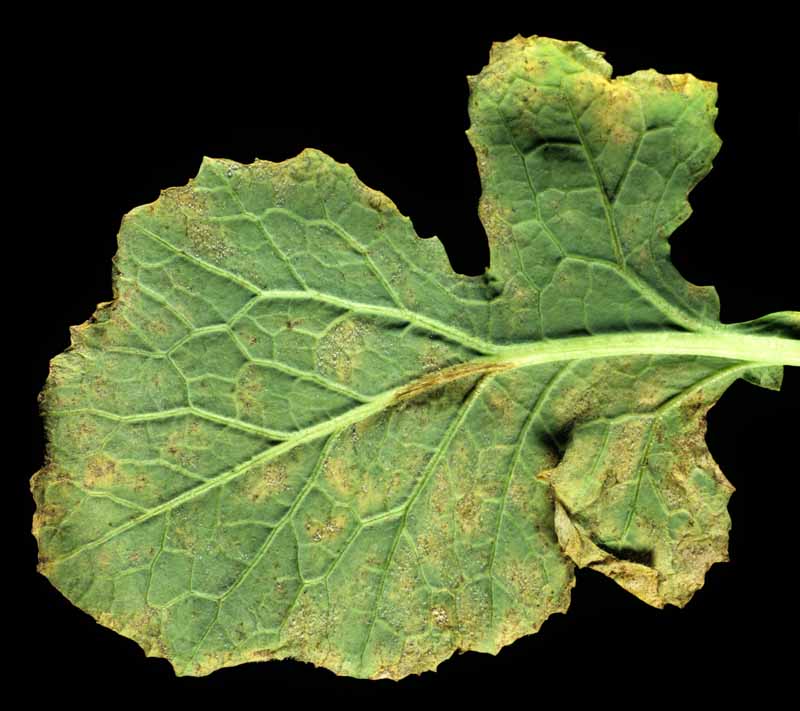

This organism can kill youthful seedlings and severely have an effect on the greens. Extreme infections might even unfold from the crown into the premise and set off cracking.
Your crops can have a low-level an an an infection that you just’re unaware of that can abruptly unfold all by the use of the rows when situations flip into favorable, akin to when there’s various moisture current.
The indications embody yellow patches on the higher leaves. If the native climate is true, the underside of the leaves will seem to have patches or a masking of white mildew.
In case you depend on that this pathogen will almost certainly be an issue, you may preemptively address with copper hydroxide (Kocide) or fungicides.
Fungal Sicknesses
Numerous fungi might set off illness on the leaves or the roots of turnips and rutabagas.
Alternaria Leaf Spot
Two species of the fungus Alternaria, A. brassicicola and A. brassicae, may set off a magnificence illness on turnip and rutabaga leaves. Whereas this doesn’t have an effect on the roots, it could possibly presumably render the greens highly effective to promote – each on the farmers market and in your dinner desk – and visually unappealing.
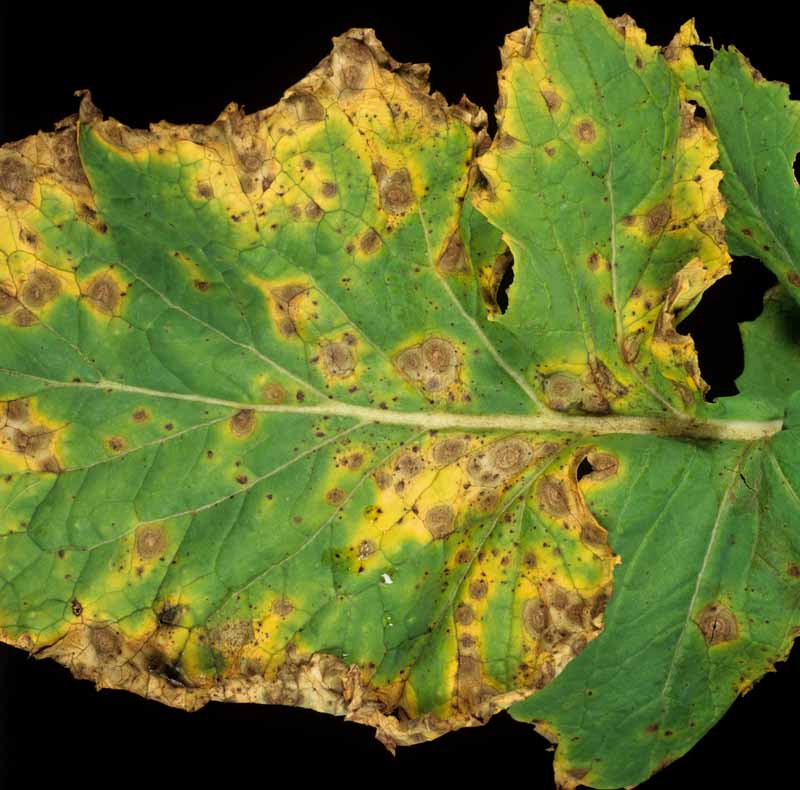

This illness is perhaps acknowledged pretty merely. Spots starting from yellow to black variety on the leaves, after which develop concentric rings like a goal. The illness can unfold to the seed pods, stems, petioles, and flowers.
You presumably can typically stop this illness from afflicting your crop by planting disease-free seed, controlling cruciferous weeds, and doing all of your complete largest to deal with your crops dry.
In case your turnip or rutabaga crops do contract this an an an infection, you will need to use microbes (biofungicides) to assist administration it. Sprays with copper hydroxide (Kocide) or artificial fungicides are completely completely different choices to regulate this illness.
Examine additional about figuring out and treating Alternaria Leaf Spot.
White Spot
The pathogen Cercosporella brassicae is one completely different fungus that can infect turnip and rutabaga leaves.
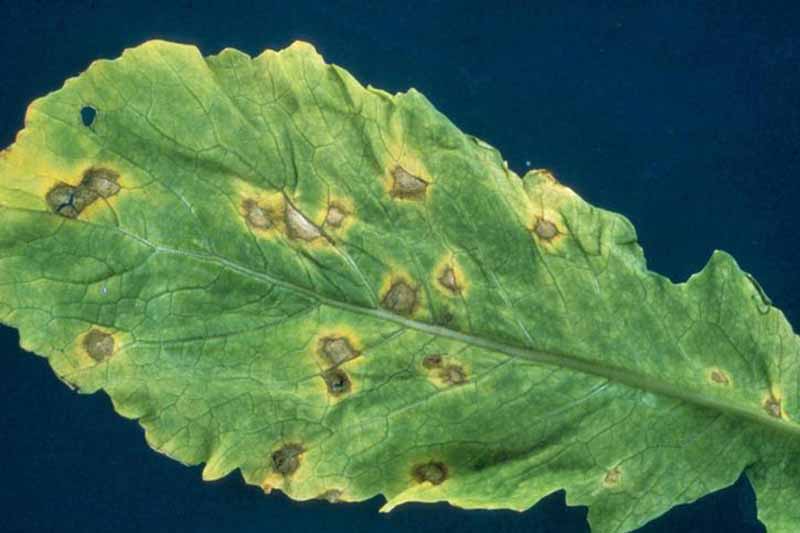

The lesions that it causes fluctuate from grey to brown, with margins which is more likely to be barely darkened.
The fungus can infect seed, or be unfold from cruciferous crops like volunteers or weeds. Excessive humidity and funky temperatures assist to facilitate the unfold of the kind of an an an infection.
Minimizing wetness on the crops and controlling cruciferous weeds will assist to regulate white spot. In case you suppose the situations are favorable for its unfold, you may spray defending fungicides on a weekly foundation.
Examine additional about controlling white spot correct proper right here.
Anthracnose
The fungus Colletotrichum higginsianum causes small, spherical, dry lesions on the leaves, and extreme infections can kill them. Grey to tan lesions might even variety on the roots.
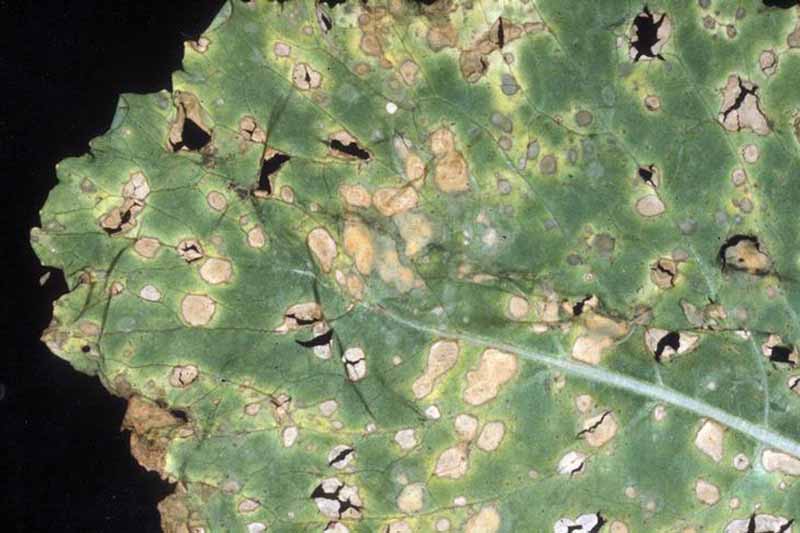

The lesions furthermore predispose contaminated turnips and rutabagas to bacterial tender rot.
Contaminated seed is perhaps a present of this fungus, nonetheless it could possibly presumably furthermore unfold from fallen leaves and a few kinds of untamed crucifer weeds akin to wild radish, shepherd’s purse, wild mustard, and pepper grasses.
The illness sometimes happens all via moist, heat native climate, and it is perhaps managed with fungicides.
Clubroot
The notably nasty fungus Plasmodiophora brassicae infects the roots of turnips and rutabagas, leaving them stuffed with galls and intensely deformed.
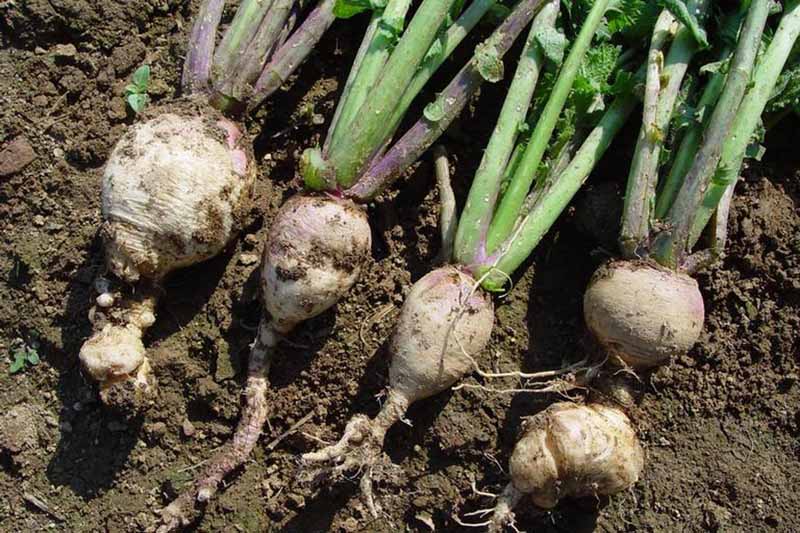

The harm might seem to have been attributable to nematodes, and is perhaps highly effective to diagnose.
Sadly, this fungus can survive all through the soil for increased than 10 years and is subsequent to inconceivable to eradicate.
Since administration will not be an threat, prevention is your largest guess. Solely plant licensed disease-free seed, and watch out about spreading the fungus from contaminated crops.
White Mould
Given the terribly broad host fluctuate of Sclerotinia sclerotiorum, it’s no shock that white mould might afflict turnips and rutabagas. This illness – furthermore typically referred to as Sclerotinia timber rot – ends in white-gray lesions on the stems, and grey lesions on the leaves.


Excessive humidity and funky temperatures assist the expansion of white mould.
As with a lot of the completely completely different sicknesses described correct proper right here, controlling weeds will assist to stop an an an infection. Rotate your crops to plant non-cruciferous greens for in any case three years after rising them in your fields, gardens, or raised beds.
Foliar fungicides will help to regulate white mould.
Viral Sicknesses
Turnip Mosaic
Each cabbage and peach aphids unfold turnip mosaic virus, which may severely have an effect on crops.
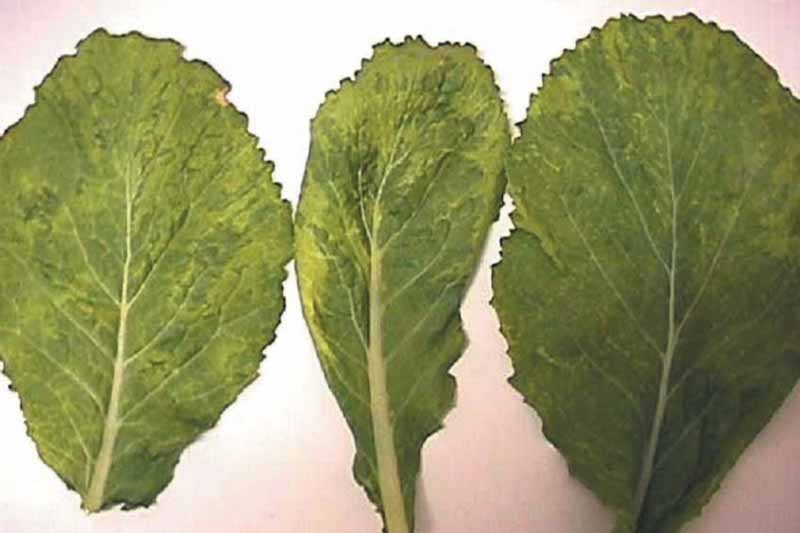

This illness may set off lifeless areas and a diagnostic sample of yellow and inexperienced mosaics on the leaves. The older leaves might flip yellow, and plant progress will almost certainly be stunted.
Turnip mosaic virus can tremendously cut back yields.
One of the best method to manage this illness is to administration the aphids. A means to do that is to make the most of reflective mulches. If obligatory, likelihood is you will as correctly use pesticides for this aim. Useful bugs might current a serving useful (er, leg? mandible?) as efficiently.
Examine additional about controlling this viral an an an infection correct proper right here.
A Plethora of Sicknesses Assault Turnips and Rutabagas
Pretty a few bacterial and fungal sicknesses might assault turnips and rutabagas. Along with, the water molds white rust and downy mildew are potential pathogens, and turnip mosaic viruses might severely have an effect on the yields.
Nonetheless this isn’t a aim to keep away from rising these scrumptious root crops!
Understanding the indications of an an an infection by these pathogens will help you to diagnose these sicknesses, and to go looking out out what administration measures are related.
Planting solely licensed disease-free seeds can stop plenty of these sicknesses from turning into launched or established, though volunteer crops and cruciferous weeds can harbor reservoirs of plenty of these pathogens.
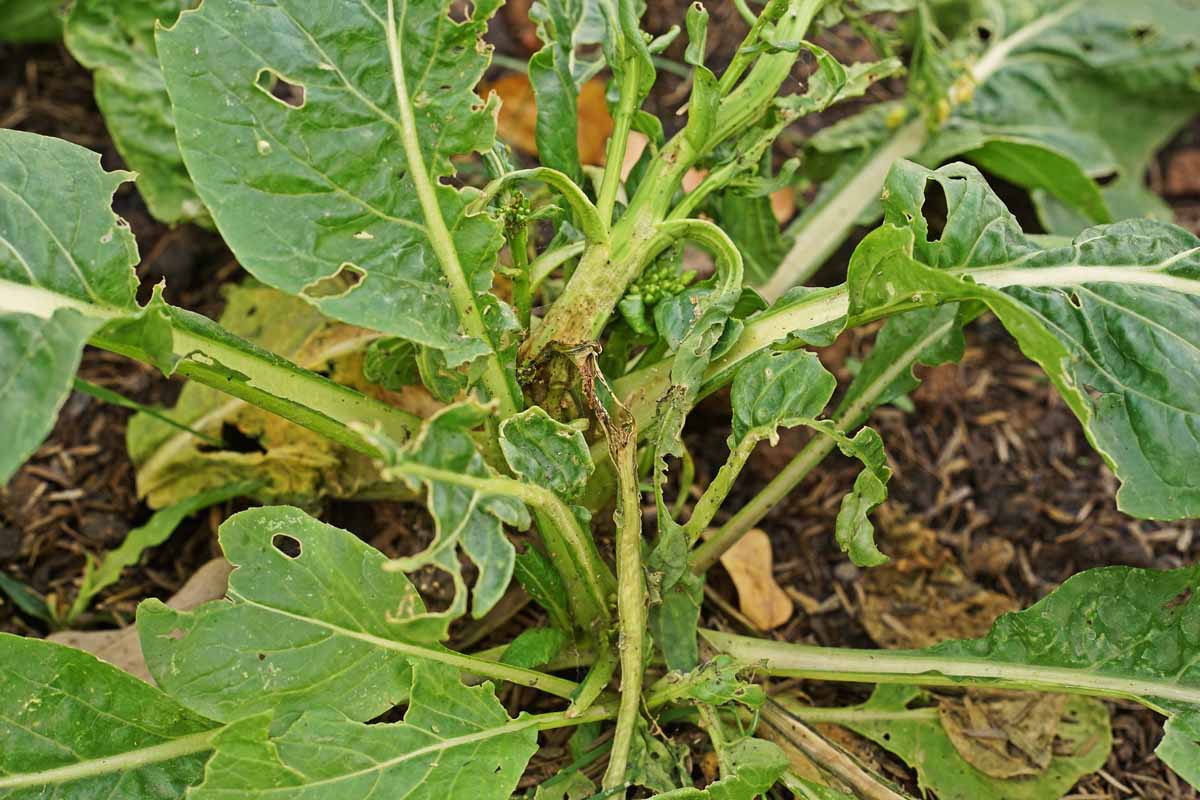

Sadly there are specific sicknesses, notably clubroot, that aren’t readily managed.
Have you ever ever ever discovered these crops to be liable to illness in your specific particular person yard? Share your questions and experiences all through the ideas beneath!
And do you need to want additional data on treating brassica pests, illness, or points, really actually one in all these guides may assist:

